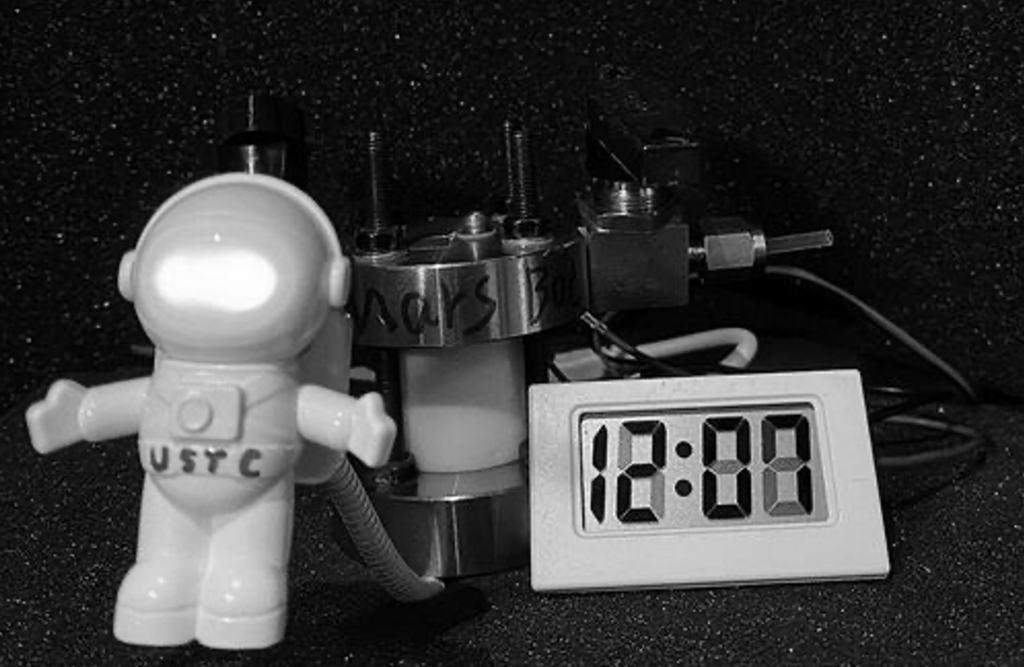https://doi.org/10.1016/j.scib.2024.06.033
https://www.cas.cn/cm/202409/t20240902_5030400.shtml
The team of Professor Tan Peng of the University of Science and Technology of China has developed a Martian battery. The battery uses Martian atmospheric components as fuel for battery reactions, which can achieve high energy density and long cycle performance.
Mars has a complex natural environment, including a variety of gas components – 95.32% carbon dioxide, 2.7% nitrogen, 1.6% argon, 0.13% oxygen, 0.08% carbon monoxide, and drastic temperature fluctuations – the temperature difference between day and night is about 60 degrees Celsius. Based on this, the team developed a Martian battery, which is unique in that it directly inhales the Martian atmosphere as fuel during discharge, greatly reducing the weight of the battery and providing convenience for carrying into space. When the battery is exhausted, the battery can be recharged using solar energy on the surface of Mars to prepare for the next discharge. In addition, the team also simulated the environment on the surface of Mars in combination with temperature fluctuations, and realized a Martian battery system that can continuously output electricity.
At a low temperature of 0 degrees Celsius, the battery’s energy density is as high as 373.9 watt-hours per kilogram, and the charge and discharge cycle life is 1375 hours, which means that the battery can be used continuously on Mars for about 2 Martian months. The electrochemical performance of the Martian battery has significant temperature dependence in the range of 0 to 60 degrees Celsius. Under high temperature conditions, the voltage gap is 1.6 volts, the rate is 0.4 amperes per gram, and the power density is 3.9 watts per square meter.
The battery is accompanied by the generation and decomposition of lithium carbonate during the charging and discharging process, and the trace oxygen and carbon monoxide in the Martian atmosphere play the role of reaction stimulants, greatly improving the reaction kinetics of carbon dioxide. The researchers maximized the effective reaction area of the Martian atmosphere through integrated electrode preparation and foldable battery structure design. The team enlarged the cell size to 4 square centimeters, and the energy density of the soft-pack battery was further increased to 765 watt-hours/kilogram and 630 watt-hours/liter.

